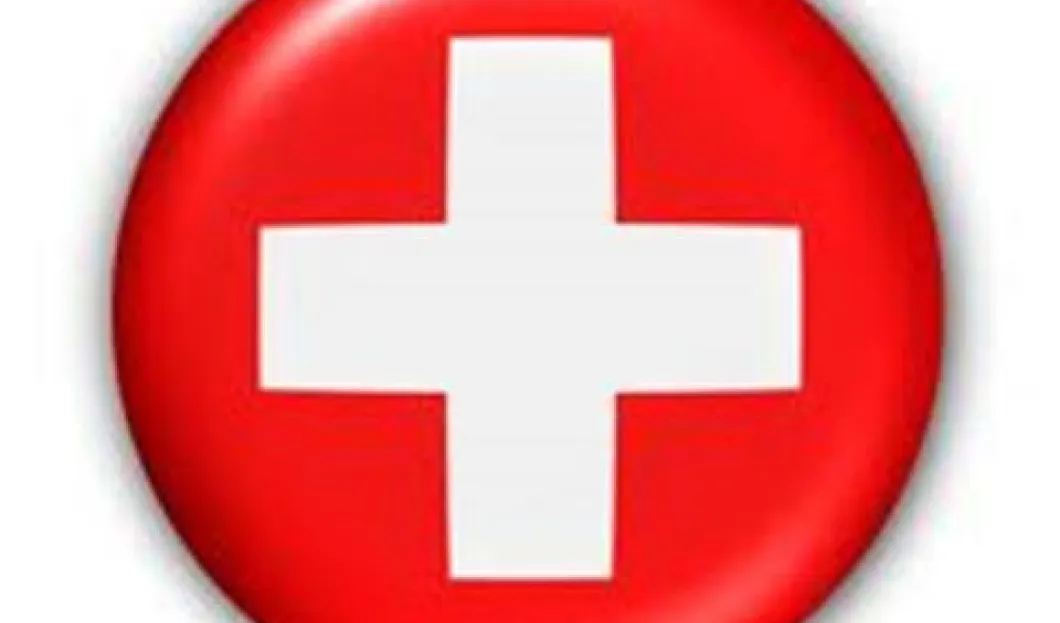
After years of discussion, the National Council and the Council of States in Switzerland could finally agree on the most important points for the “Swissness” template. The National Council confirmed that stricter rules on industrial products had been approved.
A clock is a Swiss clock, when 60 percent of the manufacturing costs are incurred in Switzerland. A steak is a Swiss steak when the cow has spent more than half of its life in Switzerland.
The purpose of the discussions was clear – the Switzerland Brand is worth good money. Therefore, it must be protected against copycats who earn unjustified profit from the Swiss name. But, the question of how much Switzerland must be in it exactly so that a product can be named as from Switzerland divided opinions greatly.
The discussions about animal products took the longest time. Now, the National Council has tacitly turned to follow the Council of States: animal products become “Swiss Made” when the animal is kept in Switzerland. Up until now, the National Council wanted to leave out the location of rearing.
As to the rules for food of non-animal origin: in the future, this will only be considered to be Swiss if at least 80 percent of the weight of raw materials come from Switzerland. For commodities that are not or do not exist in Switzerland, sufficient quantities exceptions apply.
The new requirements for industrial products are of paramount economic importance. Products bearing the Swiss cross may only be advertised if at least 60 percent of their manufacturing costs are incurred in Switzerland.
This rule was mainly discussed in the watch industry. Among others, Swatch made itself strongly in favor of the 60 percent rule.
Now, the Swiss template must survive a final vote. The Swiss Trade Association (SGV) primarily interferes with the 60 percent rule for industrial and commercial products. This was justified with other things, such as new research and development, which can be credited to the cost of production.
















